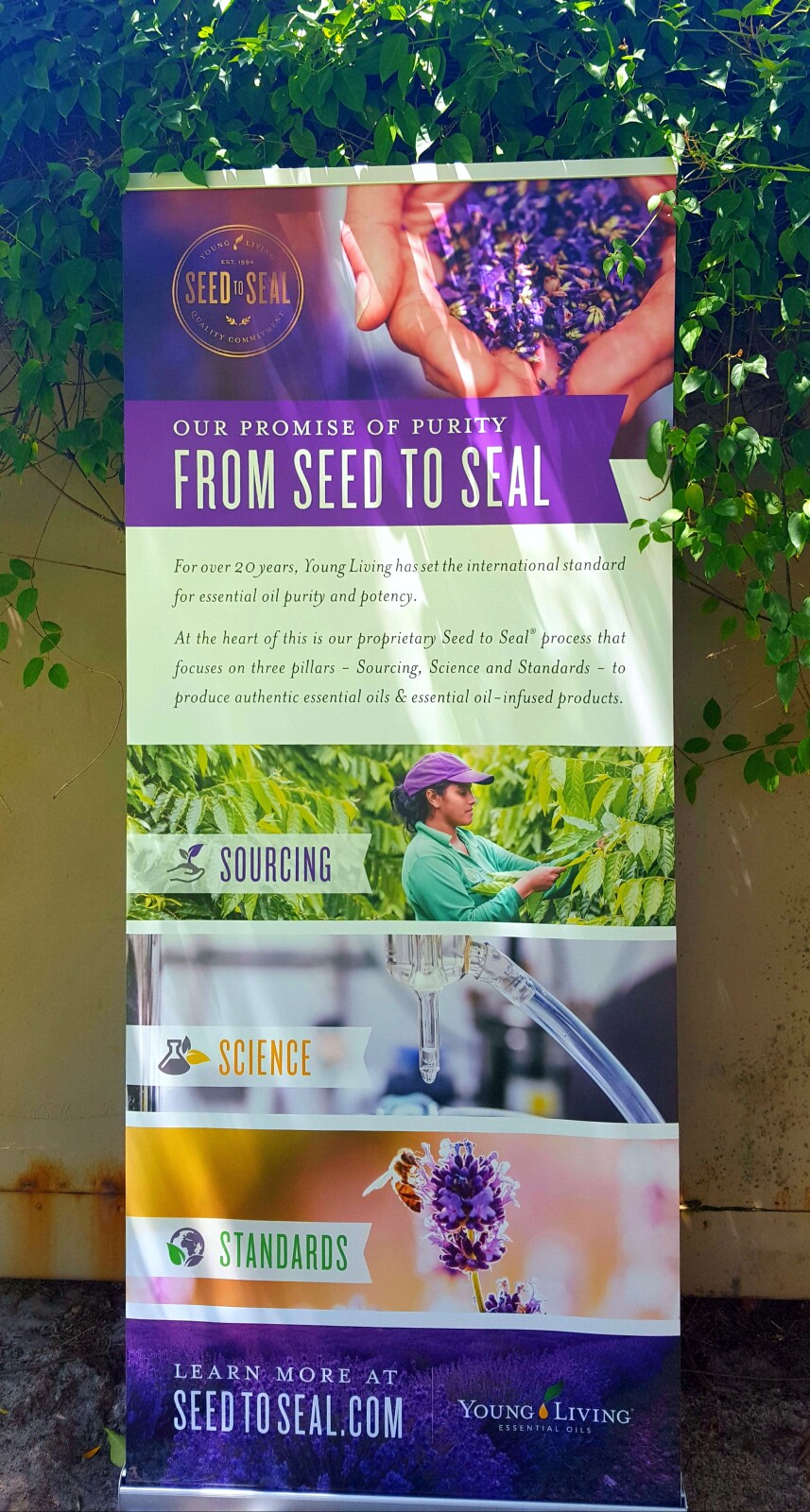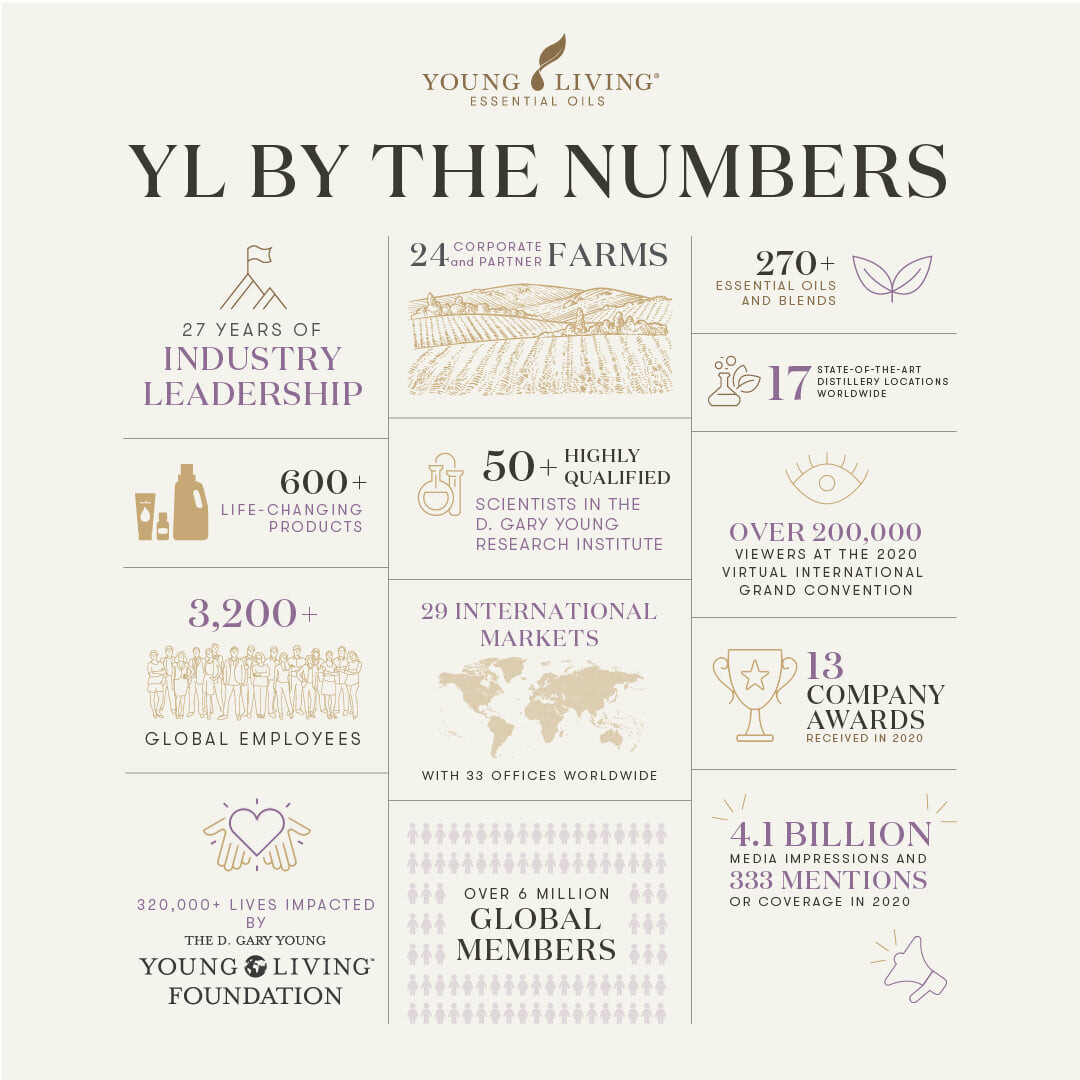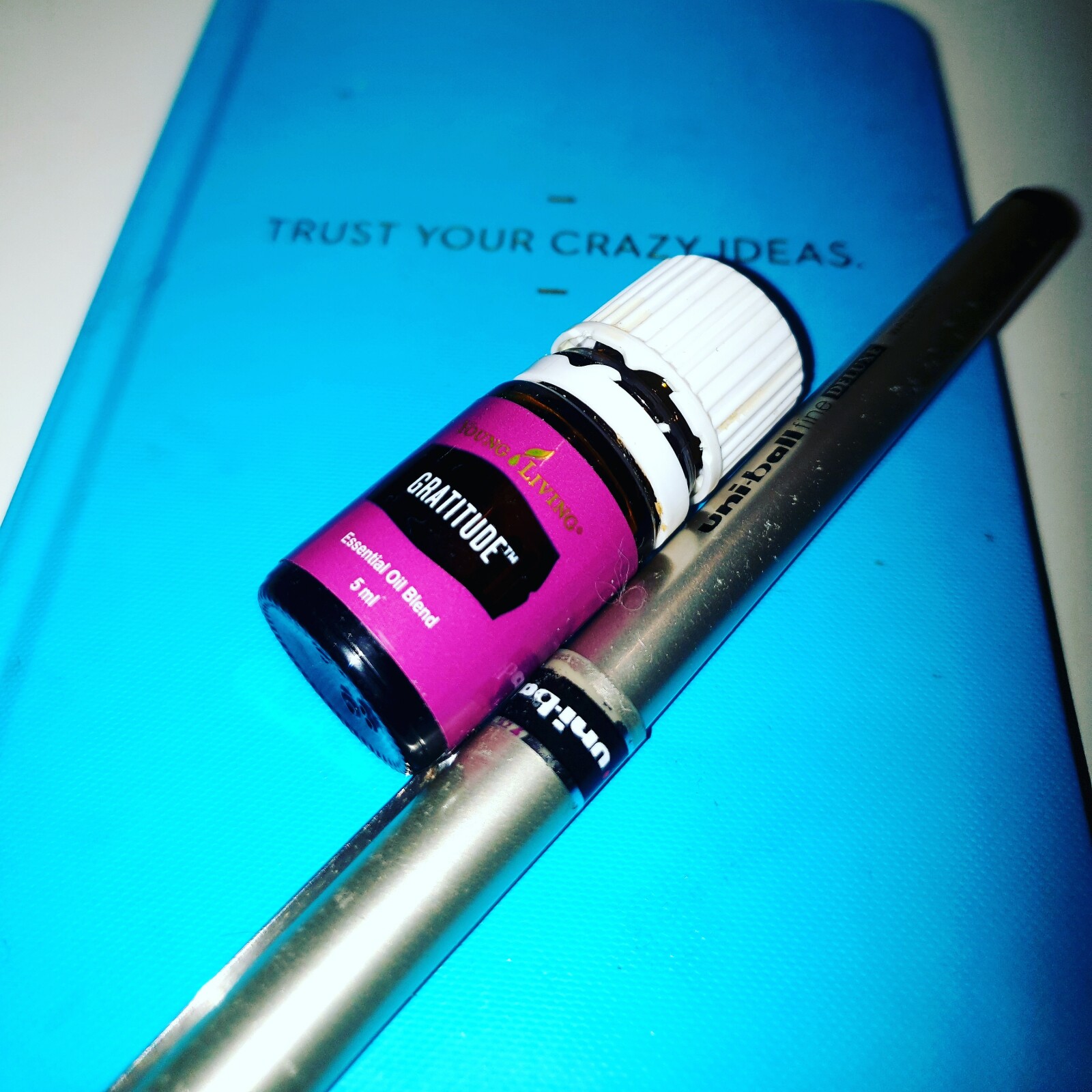
Have you ever kept a Gratitude journal? How did it feel? Did you notice that you were suddenly kinder to those around you? Did you start noticing the little things that make life beautiful?
Every year I have such gratitude for Young Living lifestyle products to keep my household and body free of as many toxins as possible. I am grateful for Young Living’s Seed to Seal policy to ensure the essential oils that I use to create a harmonious and peaceful environment are the very best they can be. This year more than any other year.
It has been over 9 years with Young Living now and I look around at people I have known for this time and wish they had joined me on the Young Living journey much much sooner. I look at the way I used to act and react, the stress that I mishandled in the past and I know Young Living has played a huge part in this, among many other benefits.
Young Living is a habit that I am so grateful for creating.
Habits harden into character
I am on day 20 of a 30 Day Quest to create success habits, but guess what? The transformation to my life has been so profound that there is no way I am giving up any of these new habits! But some old destructive habits have been evicted to make room.
But even beyond the habits are the reasons for the habits. Conscious reasons to get you where you actually want to go instead. Yes, I am talking about goals. Would you like some support in setting and reaching them? I am launching a combined online mastermind to assist you to set and reach goals, instil new habits and strategies to stay on track.
Some of the benefits of these new strategies and tools that I am accessing:
Clarity on goals and “owning them”
Setting milestones towards those goals, with a reward when each milestone is achieved
Custom affirmation and visualisations to “own” the goals
Development of daily success habits
Having a wider community to tap into, learn from and share experiences as we all grow together
My highest objective is to support you through this system.
I am looking for others to join me in creating new success habits so I would love to hear from you to tell you more.
If I don’t hear from you before Christmas, I hope it is a peaceful and joyful time for you and your loved ones.
I will leave you with this quote from one of the many books that I have been reading:
Book: The Heart of Healing
Contributor: Sandra Ingerman
Article: The Once and Future Shaman
‘It is who we become that changes the world and our environment – not what we do. Harmony within will create harmony without. The true work is learning how to change our thoughts, attitudes, and belief systems. A change in our inner environment will be reflected in our outer world.”
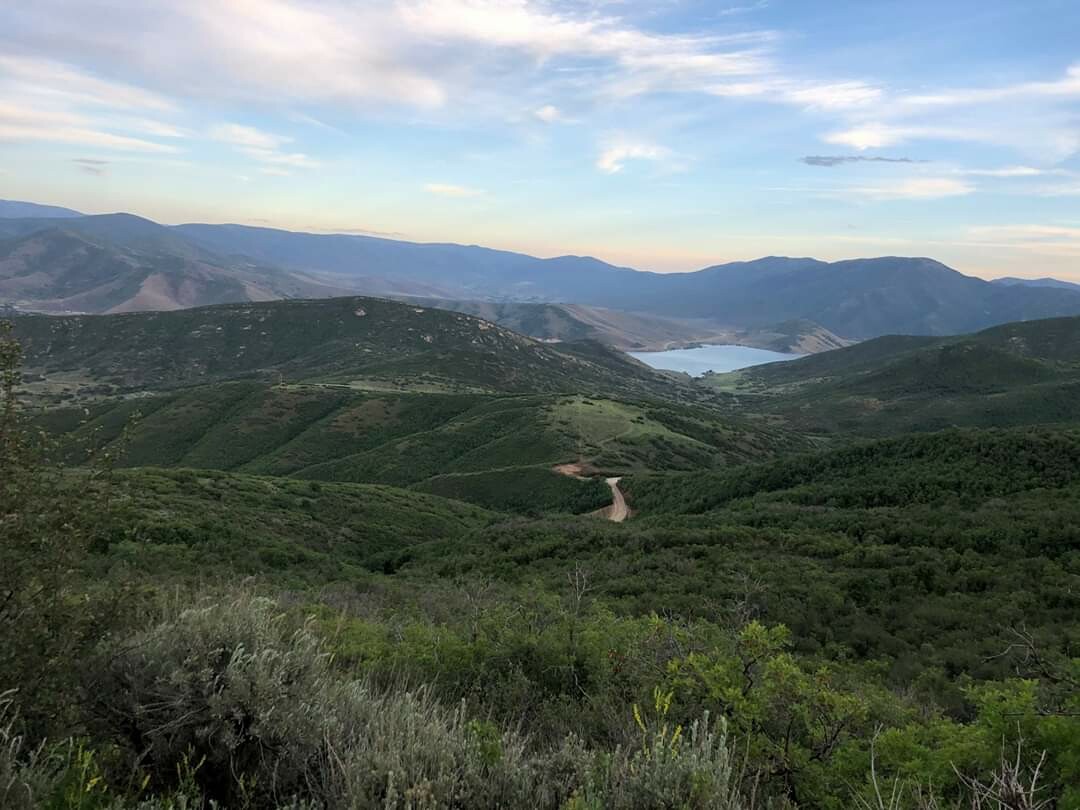

Have you ever walked around your neighborhood and noticed that fresh smell of someone doing laundry? Bad news: when you breathe in that “clean” familiar scent, you’re actually getting a lung-full of toxic chemicals.
IS LAUNDRY DETERGENT TOXIC?
When scented laundry detergents and fabric softeners are used, dryer vents emit more than 25 volatile organic compounds (VOCs) per load, many of which are classified as hazardous air pollutants. If the dryer vent is blocked or if it doesn’t vent to the outside, then the indoor air pollution skyrockets when the dryer is in use. If the vent is not blocked to the outdoors, then the air in your neighborhood ends up getting polluted with VOCs. So, the truth is those laundry chemicals you use can impact the air quality in your home, your health, and even the outdoor air around your house.
IT’S ONLY A SMALL AMOUNT OF DETERGENT, RIGHT?
Since the average family in the United States washes about 80 pounds of laundry each week, with ½ cup of detergent per load, an average of 4 cups of detergent per home ends up in the waterways and affecting air quality each week. Each piece of laundry you pull out of the washing machine contains toxic residues from detergents, which not only lingers in the fabric, but rubs off on your skin.
Conventional detergents are comprised of a concoction of fragrances, endocrine disruptors, neurotoxins and potent cancer-causing chemicals. Most detergents have signature fragrances which are designed to impregnate and stay in clothes. The unscented versions add masking chemicals, which simply cover up the fragrance with another chemical. Your laundry room may very well be the most toxic room in your home once these chemicals become airborne when washing and drying your clothes.
This is a major problem in light of the fact that scientists are directly linking the alarming rise of degenerative disease in America to exposure to chemicals in our homes and workplaces. Consider that the American Cancer Society states that today 2018 one in three men and one in two women will have cancer in their lifetime. After accidents, cancer is now the second leading cause of death in children and exposure to chemicals in our homes is a leading factor.
Taking a look at the products we use is a first step to start reducing our exposures to these chemicals. All laundry detergent ingredients can potentially be absorbed through the skin or breathed in through the nose, as well as passed down the drain to damage aquatic life and our waterways. Since government agencies do not regulate harmful chemicals in cleaning products, it is time to open our eyes to toxic blind spots and start making healthier choices. We have the power to remove products with harmful ingredients from our homes. So take charge, protect your family and make a commitment to only bring in health-promoting products.
Reading labels doesn’t have to be complicated
Look for the words “caution”, “warning”, or “danger” on the box or bottle. Those words (especially “warning” and “danger”) are a giveaway that there are potentially toxic chemicals in the product. It’s best to simply remove the product from your home. Also, look out for common precautionary statements like “Eye, Skin, or Lung Irritant”. For the most part, these precautionary labels signal the presence of toxic chemicals. If in doubt, get ’em out!
Dig deeper to be in the know
We’ve pulled together a glossary of the toxic red flags that are commonly found in laundry detergents and fabric softeners. Not only are these chemicals potentially damaging to your health, they are also contaminating waterways and harming the environment. Also remember the single word “fragrance” can include one of over a thousand different ingredients.
A few laundry chemicals you should know
- Synthetic fragrances – Fragrance is mentioned first because hundreds of synthetic chemicals are hidden in “trade secret” fragrance recipes that do not have to be disclosed or tested. According to the Environmental Working Group (EWG) fragrances are considered to be among the top five allergens and can trigger asthma attacks. Testing by EWG also revealed that 75% of the fragrances contain phthalates (pronounced “thal-ates”). Phthalates have been linked to diabetes, obesity and hormone disruption which affects both development and fertility. Mt. Sinai Children’s Environmental Health Center has linked exposure to synthetic fragrance in first and third trimester prenatal exposure to ADHD and autism.
- Natural fragrances – “Natural” fragrance doesn’t necessarily mean safe. In a study analyzing 25 top selling products, those with so-called “organic” and “natural” fragrance emitted just as many hazardous chemicals as conventional products with fragrance. Most natural fragrance/essential oils in detergents are processed with solvents because it is less expensive than distillation. Luckily, Young Living Essential Oils are distilled with the utmost care, no solvents to be found! The VOCs from the solvents were present in every product tested in this study. In addition, limonene and other terpenes such as pine and citrus oils (found in essential oils) react with ozone in the surrounding air to create secondary pollutants such as formaldehyde, acetaldehyde, acetone, and ultra-fine particles. This can particularly be an issue on high ozone alert days.
- Unscented detergents – Be aware that unscented versions of products are typically the same as the fragranced version; these don’t have a scent, thanks to the addition of a masking chemical.
- Optical brighteners – Most laundry detergents contain optical brighteners, which are formulated to intentionally remain in the clothes. They leave a residue on the clothes that reflect light and make clothes look brighter, with more vivid colors. These toxic chemicals are constantly in contact with the skin and are breathed in through the lungs. Optical brighteners have the capacity to make skin become photo-reactive and more sensitive to sun exposure. Many people develop skin irritation and rashes from exposure to optical brighteners. Not to mention that they are toxic to fish and cause bacterial mutations!
- Nonylphenol Ethoxylates (NPEs) – This group of inexpensive, nonionic surfactant petrochemicals has already been banned in Canada and the European Union, but it still found in American detergents. NPEs are endocrine disruptors that adversely affect physical function and fetal development. Infants and children are especially vulnerable to these chemicals, which are known to adversely affect neurologic, immune, cardiac, kidney, and liver function as well. The Sierra Club has a nickname for NPEs: the “Gender Bender” chemical! NPEs are frequently considered to be biodegradable, but the truth is, they slowly biodegrade into even more toxic compounds, profoundly interfering with the hormones of fish and shellfish. Even Wal-Mart has listed NPEs as one of three chemicals they’re asking suppliers to phase out.
- Bleach, aka sodium hypochlorite – Bleach is involved in more household poisonings than any other chemical. Sodium hypochlorite and other cleaning chemicals such as fragrances and surfactants react to generate chlorinated VOCs, which are very toxic and are considered human carcinogens. Chlorinated compounds are emitted during use; as it flows down the drain, bleach can produce organochlorines (OC), which are endocrine disruptors, neurotoxic, and carcinogenic. Bleach is not only harmful to health but also degrades both synthetic and natural fibers, reducing their longevity.
- Linear Alkyl Benzene Sulfonates (LAS) – These synthetic petrochemicals are normally listed as ‘anionic surfactants’ on labels, and are one of the most common surfactants in use. During their production process, carcinogenic and reproductive toxins such as benzene are released into the environment. They also biodegrade slowly, making them a hazard in the environment. The amount of LAS used in detergents may vary to as high as 30% of the weight of the total product!
- Phosphates – Phosphates are the main cleaning ingredient in many detergents and household cleaners because they break down dirt particles and remove stains by softening the water and allowing suds to form, which enhances the cleaning power of the detergent. However, there are human health problems as well as major environmental hazards associated with phosphates. Phosphate residues on items that have been cleaned with phosphate-containing detergents have been known to cause nausea, diarrhea, and skin irritation. Phosphates are persistent, too. They remain active even after wastewater treatment processes and end up in rivers and lakes, where they act as a “toxic fertilizer”. In the water system, they increase algae growth and suffocate salmon and other aquatic life, literally starving them of oxygen. As the algae die, they release poisons that further deplete the waterways of oxygen.
- Sodium Lauryl Sulfate (SLS), Sodium Laureth Sulfate (SLES), and Ammonium Laurel Sulfate (ALS) are commonly used in many detergents and act as surfactants and emulsifiers, giving the detergent foaming abilities. Over 16,000 research studies on SLS have shown links to irritation of the skin and eyes, organ toxicity, developmental/reproductive toxicity, neurotoxicity, endocrine disruption, ecotoxicology, and biochemical or cellular changes, and even cancer.
- 1,4-Dioxane, also called Dioxane or Diethylene Oxide – Dioxane is a byproduct of ethoxylation, an inexpensive shortcut process companies use to produce softer, sudsier detergents. It’s not even added intentionally, but it is an extremely common ingredient in detergents, appearing in about 2/3 of laundry products studied. Since it is a byproduct rather than ingredient, it doesn’t have to be listed on product labels. Yet it is considered by the State of California to cause cancer and can be toxic to your brain and central nervous system, kidneys, liver and respiratory system. The U.S. federal regulation systems consider dioxane’s potency to be equivalent to or greater than many pesticides considered dangerous to humans. Detergents contaminated with 1,4-dioxane may also have traces of other contaminants, including formaldehyde, nitrosamines, and phthalates. The National Institute of Health (NIH) considers even trace amounts to be cause for concern and the EPA has classified dioxane as a Class B possible carcinogen. When you use a laundry detergent contaminated with dioxane, it goes everywhere. It never breaks down. Water filters can’t remove it—and it isn’t biodegradable. To avoid 1,4 dioxane, the Organic Consumers Association (OCA) recommends avoiding products with indications of ethoxylation. Look for the following suffixes in the ingredient list:
- Myreth, oleth, laureth, ceteareth, and any other “eth”
- PEG
- Polyethylene, polyethylene glycol, or polyoxyethylene
- Oxynol
- Sodium laureth/laurel sulfate
- Petroleum distillates (aka napthas): These are solvents used to dissolve dirt, grease and grime that have been linked to mucus membrane damage, lung damage and inflammation, asthma, and cancer. They are derived from synthetic crude oil.
- Phenols: Phenol is recognized as being so toxic that people who are hypersensitive to it could experience death or serious side effects at very low exposures. It is rapidly absorbed and can cause toxicity throughout the entire body, wreaking havoc on the central nervous system, heart, blood vessels, lungs and kidneys.
- Want to learn how to ditch the potentially harmful chemicals from your home?
It’s so easy! Contact me! Or come to class this Saturday! - http://vessence.com.au/events/8197/creating-a-high-vibe-no-tox-house
- Register here
- Sign up with Essential Rewards and stay on Essential Rewards for three months with minimum order of 100PV per month. Young Living also automatically rewards members on Essential Rewards with a 5ml bottle of oil after 3, 6, 9 and 12 months, so why wouldn’t you?
- If you are already a member but not on Essential Rewards, this is also open to you by signing up for Essential Rewards and placing a minimum order of 100PV per month for 3 months. You too will receive the 5ml essential oil direct from Young Living after 3 months, as well as my gift.
- If you are already on Essential Rewards and ordering a minimum of 100PV, why should you miss out?!?!?! If you up your order to 145PV per month for the next three months, you will receive the monthly Young Living special direct every month for ordering 145PV of product, and also receive our special gift at the end of the 3 months.

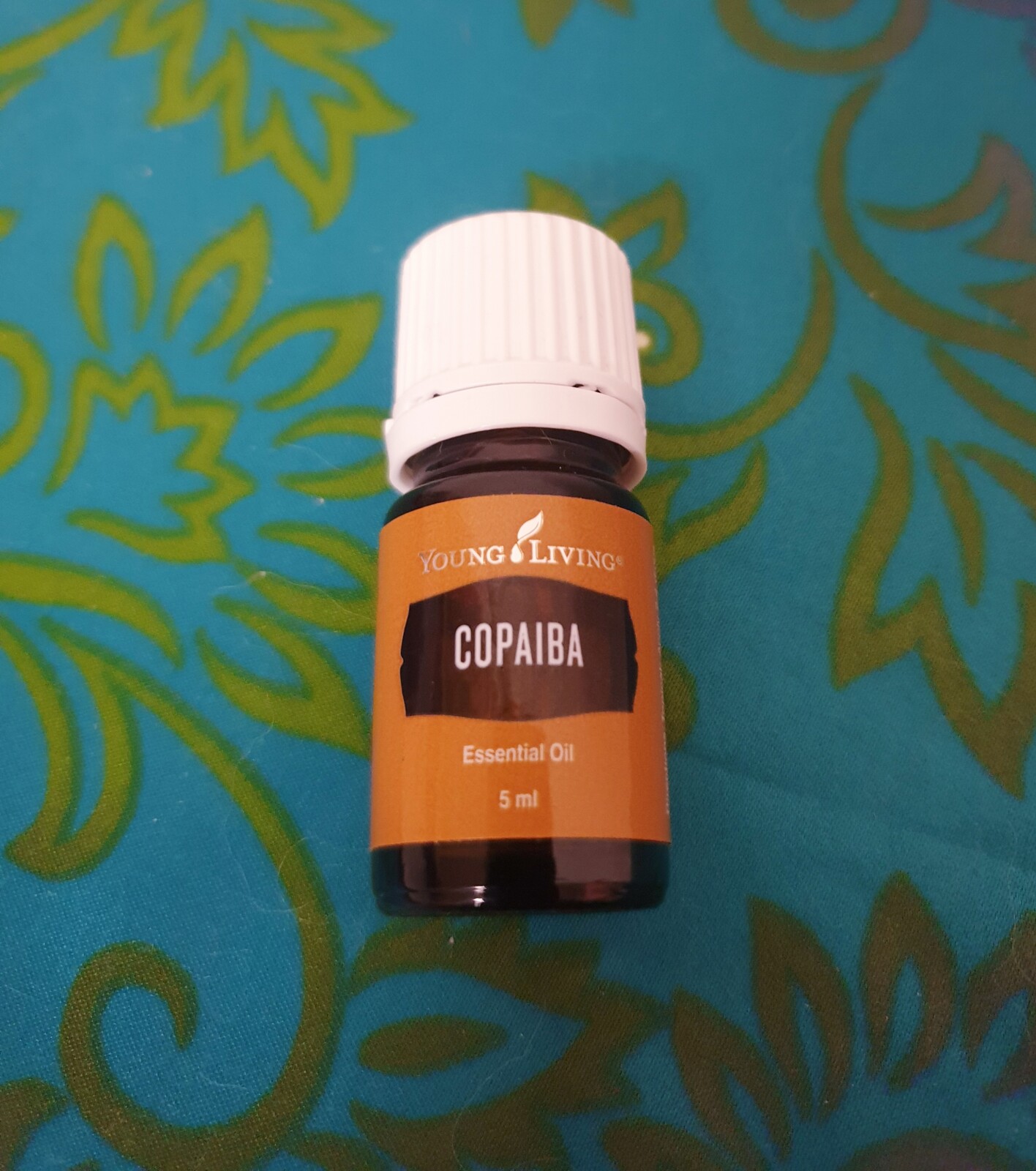
- Sign up with Essential Rewards and stay on Essential Rewards for three months with minimum order of 100PV per month. Young Living also automatically rewards members on Essential Rewards with a 5ml bottle of oil after 3, 6, 9 and 12 months, so why wouldn’t you?
- If you are already a member but not on Essential Rewards, this is also open to you by signing up for Essential Rewards and placing a minimum order of 100PV per month for 3 months. You too will receive the 5ml essential oil direct from Young Living after 3 months, as well as my gift.
- If you are already on Essential Rewards and ordering a minimum of 100PV, why should you miss out?!?!?! If you up your order to 145PV per month for the next three months, you will receive the monthly Young Living special direct every month for ordering 145PV of product, and also receive our special gift at the end of the 3 months.



